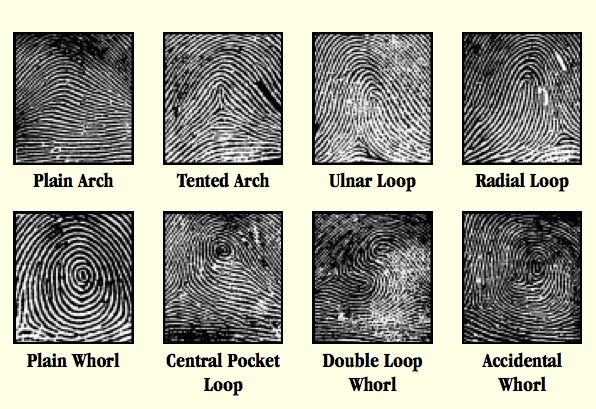Note: there are FOUR videos on this page, and FIVE experiments!
Every crime scene has a silent witness called physical evidence, and fingerprints are one kind of physical evidence. The patterns of ridges on both the finger and toe are unique to each person; no two are alike, which allows fingerprinting to help identify who did what, when, and where. Your fingerprint pattern will never change throughout your entire lifetime, which makes it a handy tool for identification. The main patterns are arch, loop, and whorl.

Fingerprints are friction ridges made up of a single row of pores in your skin. When your finger touches a surface, oil and sweat transfer from your finger to the surface and leave an impression of the ridge pattern from your finger.
Please login or register to read the rest of this content.

I found some!
Let me see if I can find the right one for you and post it directly to the shopping list. 🙂
Thanks for letting us know so we can fix those links right away! If you find any others that are broken, please forward me the page they’re on and I’ll update it.
thank you the information. But I’m still a little uncertain as to what Iodine crystals are. I searched on the links above and I saw several different things; iodine solution, some kits….are you able to give me specifics please?
The link is from the page in Advanced Chemistry Introduction under “Iodine”. The link “MSDS” for the potassium chloride and a few other chemicals has been moved to another site. I clicked on the link for that site and tried searching for the chemicals. It gave me several selections and I’m not experienced enough to know which is the right one.
Make sure an adult is handling iodine crystals. You can find them at Fisher, Flinn, and here.
Iodine is included in the C3000 kit on the shopping list. Which link isn’t working (on which page?) I can fix it right away.
Where can I get the iodine crystals for this experiment?